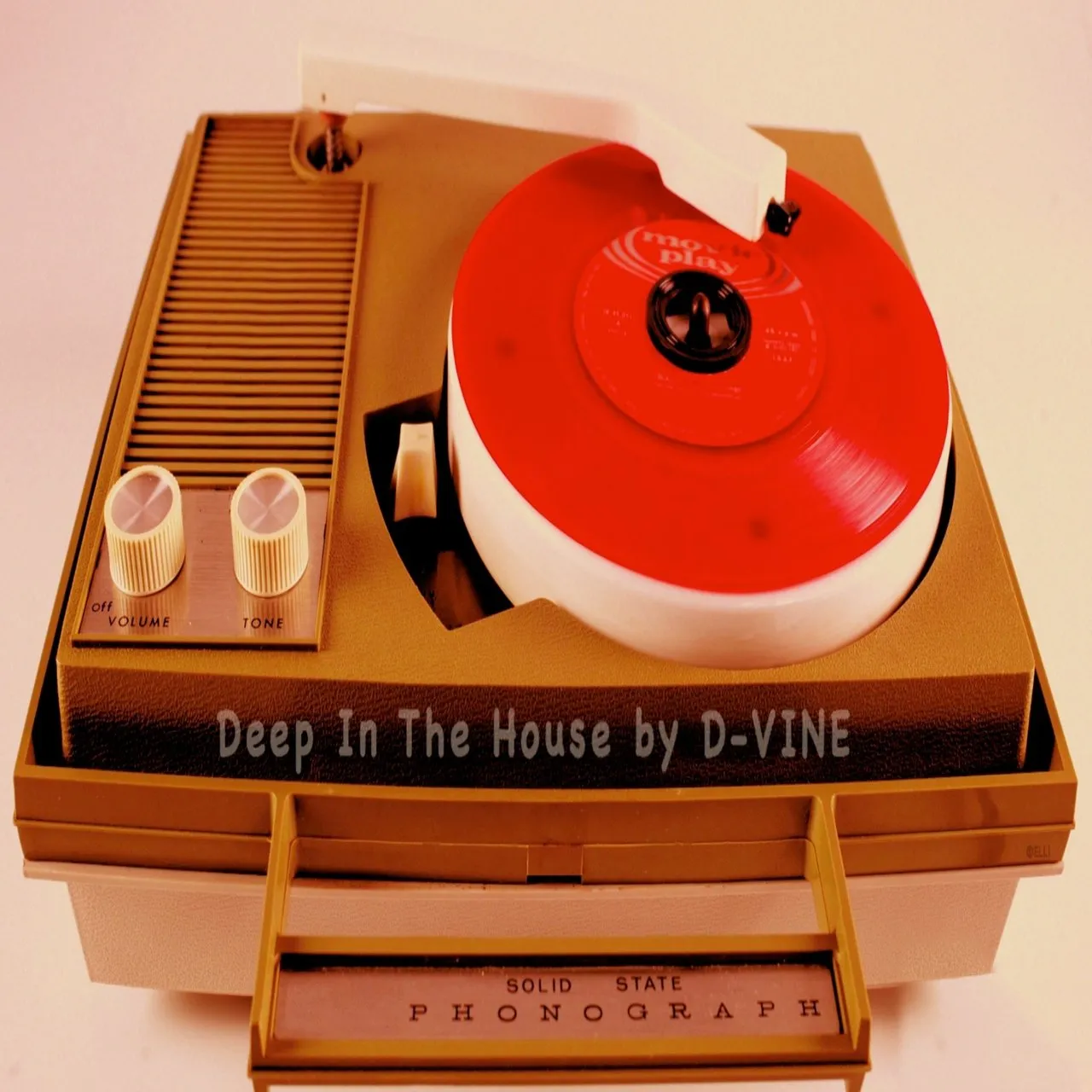
A WONDERFUL MORNING TO YOU!!
Spring is here, summer is around the corner <3
For that reason I am sharing my track "Deep In The House" with you again, I think it fits this time so well <3
Don't stay deep inside the house though, nature is awakening, this energy is incredible <3
I made 3rd place with this track in the Steemit Music League Challenge _ S2_R2, hosted by @chiefmappster :D
steemit.com/dtube/@d-vine/knwjtyih
In my original post, I explain....
"Why bother with M / S editing?
Here are a few points:
Dynamics:
By separately processing center and side signal components, all important mix elements such as bass drum, bass and lead vocals can be compressed, controlled in their dynamics and made more compact, since these instruments are usually mixed in the mono center.
Dynamic vocals can be effectively stabilized, making the important bass / bass drum range more powerful and present.
On the other hand, of course, the side parts of the stereo file can also be kept more transparent and stable without being to dynamic on the important transients of bass drum, snare or vocals.
A stronger compression of the sides can also bring the effects used in the mix out more clearly.
Frequency image:
To give the important, low frequencies of mostly mono mixed bass drums and basses the necessary space in the mix and thus to make the mix more transparent and balanced, you can use a gentle low-cut filter on the side parts, for example.
Also, the highs of the side signals can be raised without risking too much hissing sharp emphasis on the center lead vocals. Drum overheads, keyboard surfaces, guitar walls and effects can be refined through silky heights, without the lead vocals' S-lute becoming too dominant.
De-Essing:
Using a de-esser on the mid-range signal effectively counteracts annoying sibilants and sharp sibyllants without sacrificing the brilliance and transparency of drum overheads or room signals.
Stereo Width:
The M / S principle helps to control the stereo width of the stereo file very effectively. If you slightly increase the level of the side parts and lower the middle information for it, this results in a seemingly widened stereo base because of the emergence of phantom sound sources. If you overdo this process, it can result in very extreme & usually undesirable effects.
Crazy Cross-Effects:
Playing with the possibilities of M / S splitting of the stereo signal, sometimes can create very crazy effects.
In particular, the combination of compressors and gates in conjunction with cross-routed side-chaining can create a creative sound designs that can "run" from the center to the sides, depending on frequency or dynamics, or vice versa. Attentive experimentation is required here, always with a critical view towards the fidelity of the developing result."
Enough tech-talk ;), I hope it helped a bit though :)
This track was featured on M19 aka @movement19 - The Roadblock 🚧 S2E6 ft. Avian Flew (NYCR) & the music of @d-vine. House, Techno, Breaks
The support, love I am receiving, the outstanding talent ( that inspires so much ) I am meeting here on #Steemit is just mind-blowing, sometimes I need to stop & pinch myself, hehe.
THANK YOU TO ALL OF YOU!
HUGGINS,
D
► Listen on DSound
► Listen from source (IPFS)